Video Gamer is reader-supported. When you buy through links on our site, we may earn an affiliate commission. Prices subject to change. Learn more
Sideboarding is one of the most important aspects of Magic: The Gathering. A sideboard is a set selection of 15 cards that you can put into your main deck between the games of a match. You can only play four copies of a card in your deck, which includes both your main deck and sideboard. If you are playing with a Companion, this also takes up a sideboard slot. An important note if you are playing with a Companion you can have cards that go against the companion requirement in the sideboard but if you put them into your deck you can not use your Companion in the game (unless you put it into the main deck too).
Be sure to also check out the best Wilds of Eldraine Commanders in MTG. You can also check out the best Mana Rocks in Magic: The Gathering.
Outside of specific cards, you cannot access your sideboard in the middle of a game. There are a lot of intricacies in how to build a strong sideboard, and crafting it properly is vital to ensure you are able to win any matches you may face. These are the seven sideboarding tips to use to make sure you’re sideboard is as strong as possible.
1. Prepare For The Meta
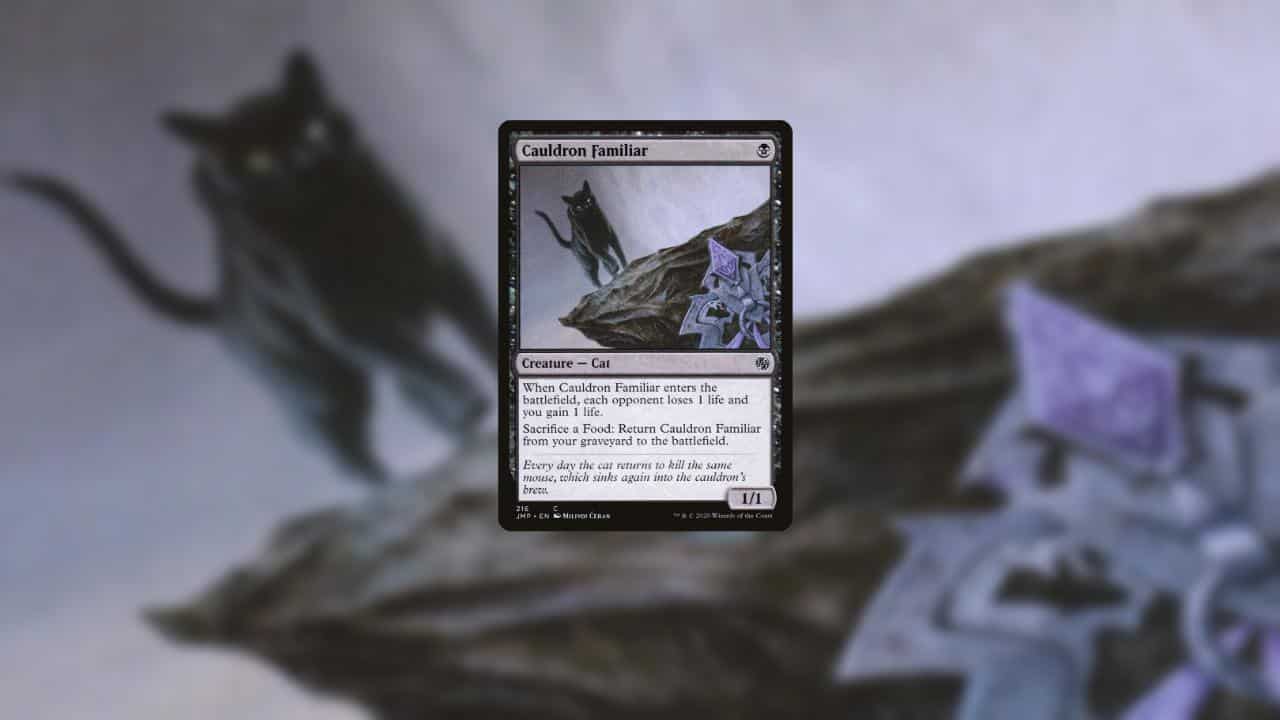
When you are creating your sideboard, the first step you should do is look at the meta itself. The strongest decks are going to be the most popular, so you should have slots in your sideboard dedicated to beating them to make your chances at victory better. Unless there is a deck that is going to be over-represented, you shouldn’t dedicate sideboard slots to one specific deck, however. Your choices for a sideboard should target multiple decks that might possibly show up.
For example, Greasefang, Arclight Phoenix, and Rakdos Sacrifice decks all heavily rely on their graveyard in order to make the most out of their cards. These are all top decks in the Pioneer format, so you should expect to potentially face them at a tournament. Assuming you’re also not playing a deck that needs their graveyard, graveyard hate cards such as Rest In Peace can completely shut these strategies down because it will prevent anything from being inside the graveyard as it exiles them instead.
The sideboard should be able to adapt to multiple archetypes and swap in cards that blow out certain decks. Studying the meta so you know what decks to expect is a major part of sideboarding and is priority number one when you are looking for the 15 cards to fill out the sideboard.
2. Have Generic Cards
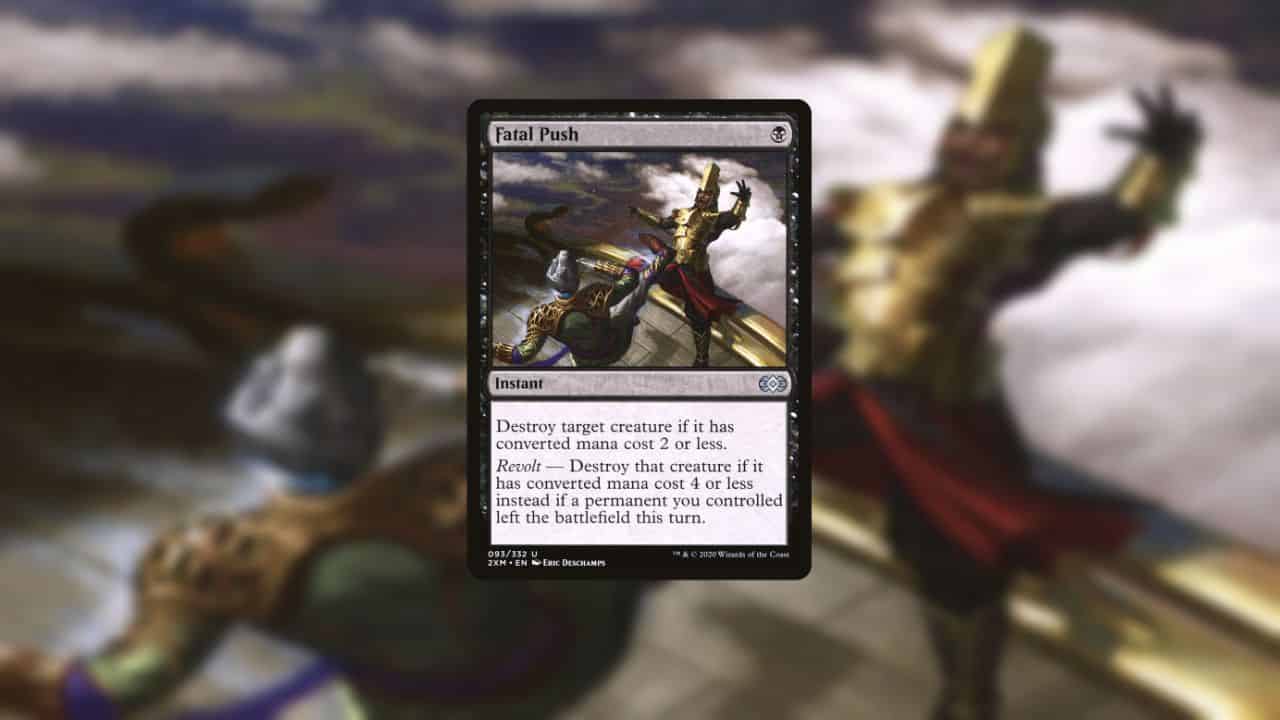
While your sideboard should generally be specialized cards for specific matchups, you should also have space for more generic effects that are broadly good. There are so many decks in every format that you cannot possibly prepare for every single one. So, you should have a few slots for cards that are good against most matchups with an effect that while maybe not flashy, are solid.
An example would be if you are playing a combo deck. Should you be playing against a control deck it becomes much harder to resolve your combo. You can dedicate slots in your sideboard for a “plan B” with generically good cards to bring in so you have a better chance. Even though these cards are not blow-outs or particularly strong against control, they give you an extra layer of consistency you can trade out for.
The most commonly played generic cards are ones that force your opponent to discard cards. This is an effect that is always going to be strong, especially when you know the game is going to have a slower tempo than average so the higher casting cost of a card like Go Blank is not going to be a hindrance.
3. Mitigate Bad Matchups
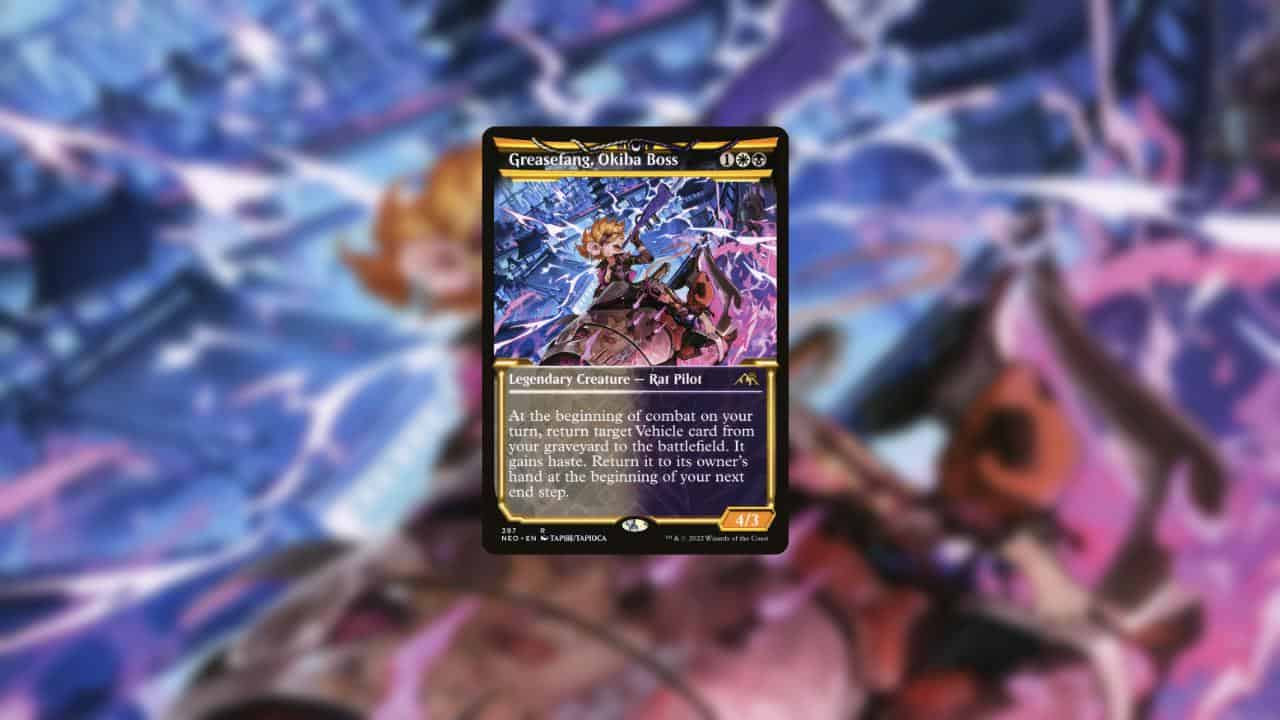
With how many cards and decks there are in every format, your deck is almost certainly going to have cards that can completely shut them down. You should have those kinds of cards in your sideboard, and you can expect your opponents to do the same.
As such, having cards that can counteract cards that counter your deck is important. If you’re playing a deck that’s playing cards from either the graveyard or library a single Grafdigger’s Cage can ruin your day. So it is important to have slots in the sideboard that can counteract the counter to mitigate your deck’s bad matchups.
If you’re up against a control deck that shuts down your strategy, having cards in your sideboard that can’t be countered are great to bring in as it makes it harder to hold your plays back and forces their removal to be used on those cards.
Aggro decks tend to be strong against control decks, so if you are playing a control deck ways to gain life to mitigate early-game damage are good choices to have in the sideboard in addition to low-mana spells that can deal with weak creatures if the matchups calls for them.
4. Don’t Be Afraid Of One-Ofs
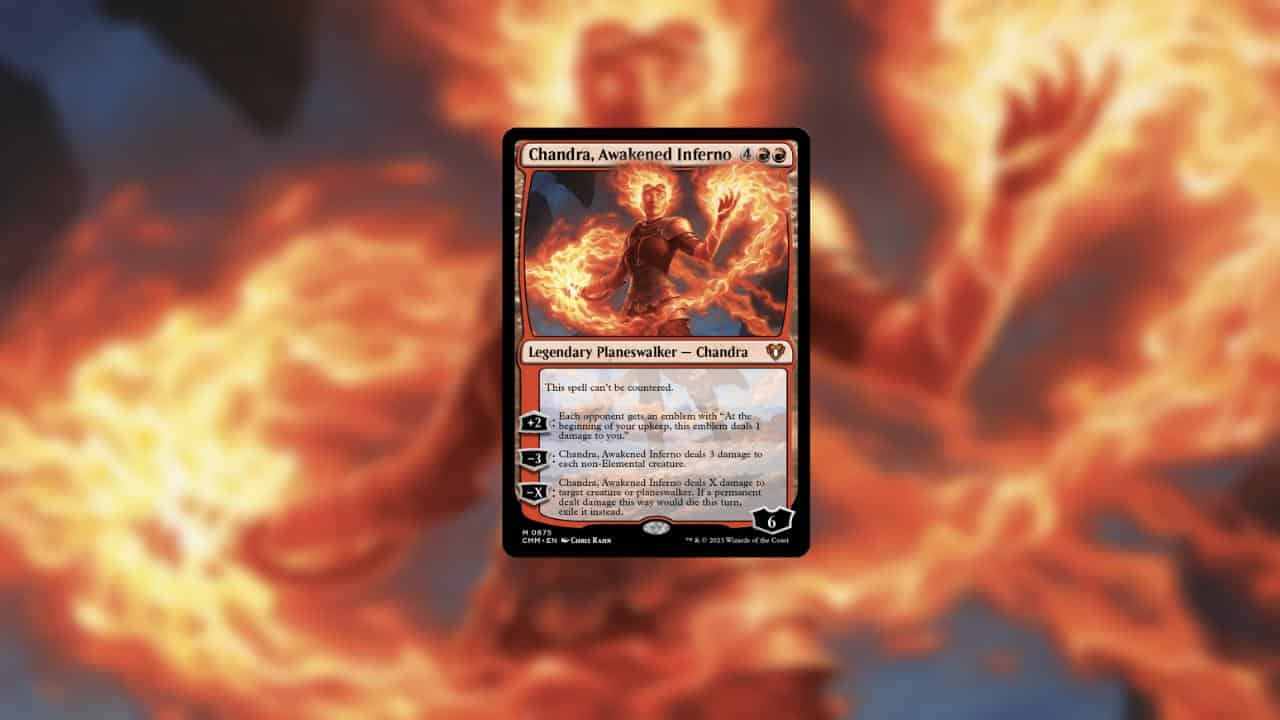
When you build a deck, you usually want to play multiple copies of your key cards. When it comes to building your sideboard, do not be afraid to use multiple one-ofs. In Magic, there are plenty of ways to add consistency to your deck by drawing cards or even searching them out directly from your library.
This makes one-ofs great in the sideboard. Depending on your deck, you can stall out time by denying your opponent resources until you draw into your sideboard cards. In some cases, your sideboard has cards that let you draw more cards in the cases of matchups where you are losing cards from your hand.
This is especially true for spells that cost a high amount of mana. You do not want to play too many cards that are above your mana curve, as they can brick in your hand if you don’t have mana to cast them. While a few are fine, you do not want to go overboard with spells that cost too much mana, and you should keep these to one-ofs in the sideboard.
5. Know What To Cut
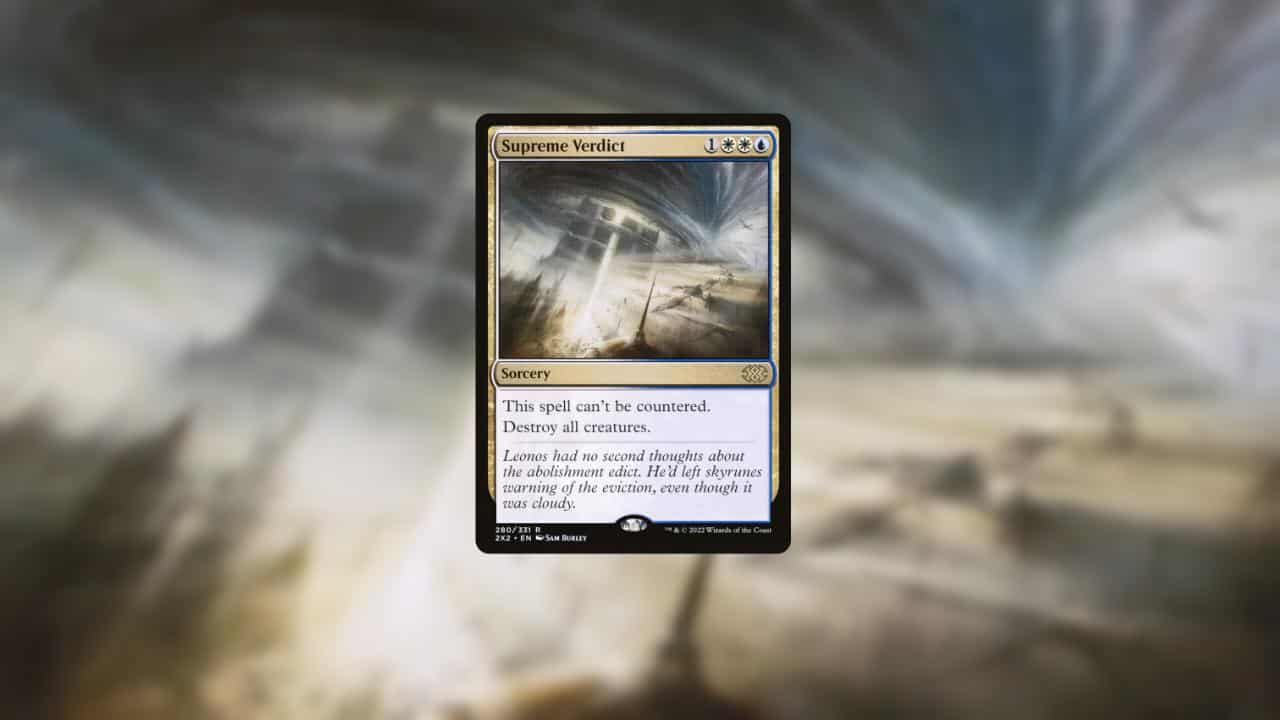
One of the benefits of having a sideboard is you can remove cards that are not doing anything against certain matchups. Control decks tend to play a handful of board wipes in the main deck, however, these hardly do anything against decks that play little to no creatures.
This makes it easy to know what card to cut out of your main deck for something in the sideboard. A card that is not going to do anything is not worth keeping in your main deck. If your opponent has a hard counter that you might not be able to answer, it is better to remove it from your deck and replace it with something in the sideboard that will be more effective.
Since decks tend to play with four-ofs, sometimes you can sacrifice consistency in seeing your key cards in favor of something that works better in the matchup you are facing. You do not always need to keep all the copies of certain cards in your deck, so if they aren’t a major part of the strategy you can cut down on them for your sideboard options.
6. Compliment Your Deck
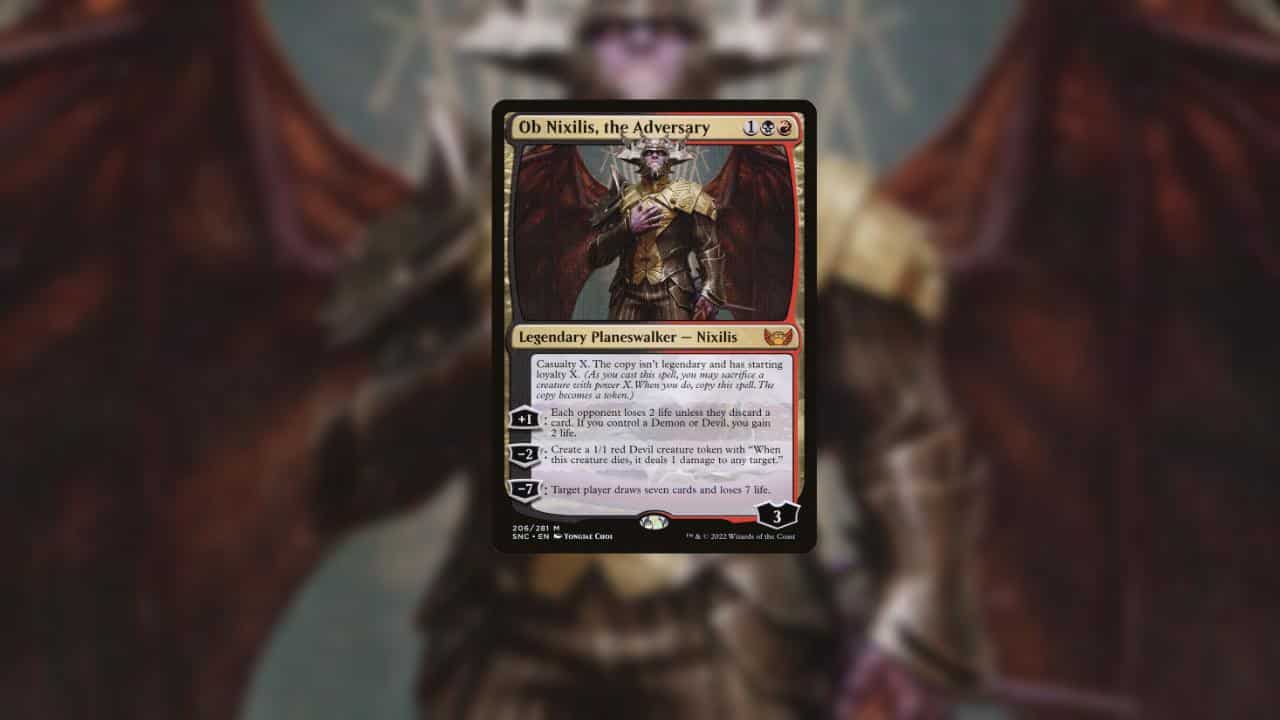
The cards in your sideboard outside of the generic ones should complement your deck. Every deck has an archetype that favors a specific kind of playstyle. If you are playing an aggro deck, you don’t want to add in cards that are slower as it hurts your deck more than helps it. There are some cards that benefit specific strategies better than others.
For example, Ob Nixilis, The Adversary is a strong card but isn’t played in many decks outside of sacrifice decks. It often finds a home in the sideboard and since it wants you to sacrifice a creature for maximum effectiveness, it becomes much better since it is taking advantage of what your deck already wants to be doing.
You also want to make sure cards in your sideboard don’t have “counter synergy.” If you are playing a deck that uses the graveyard, you don’t want to include cards that shut down the graveyard even if it would actively harm your opponent’s gameplan. It’s not worth sacrificing your own deck’s power to weaken your opponent’s.
Your deck should always have a cohesive gameplan, and that includes your sideboard. While you can “shadow side” and swap out one archetype for a different one with cards in your sideboard to surprise your opponent, this is not a strategy that is used often. It is better for your deck to have one main gameplan and stick to that when you build your main deck and sideboard.
7. Crafting For A Wishboard
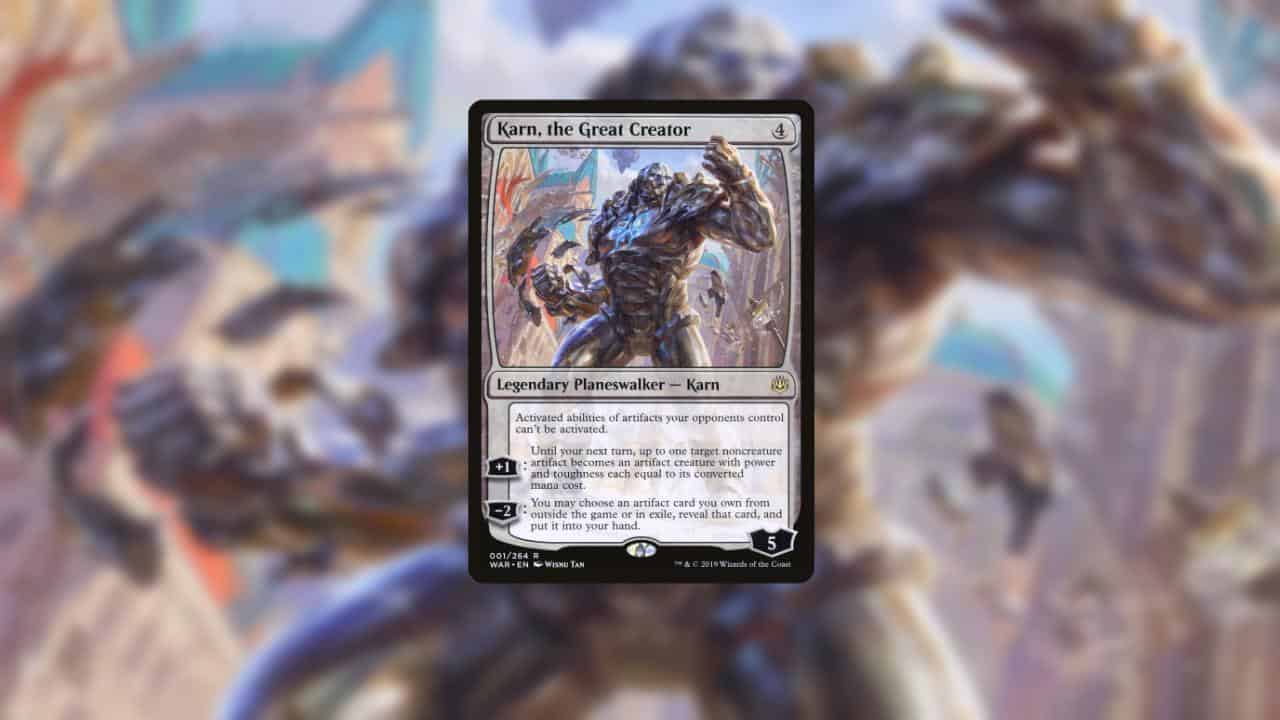
A wish refers to the ability to bring a card from your sideboard into the game in the middle of a game. These are not super common, but are immensely powerful as your sideboard turns into a utility that you can take advantage of to gain a counter for a specific matchup without needing to draw it.
Why is it called a Wishboard?
The name of the mechanic got its name from a card cycle in the 2002 set Judgment with the naming convention of [Card Name] Wish. These cards let you choose a specific kind of card from outside the game and put them into your hand. Since then, a card that lets you put a card from outside of the game into your hand is referred to as Wish, with a card named Wish with a wish effect officially being released in the Adventures In The Forgotten Realms set.
Decks that can use wish effects have to build their sideboard a bit differently. While it should still have cards that counter certain strategies, it can also include completely generic artifacts and even win conditions. Wishes eliminate the need to play the needed cards in your main deck, and let you keep space for other cards that can make more of an impact.
Wishes let you curate your sideboard as more of a toolbox engine. At any point, you can take a card out from the sideboard to counter whatever deck you are currently up against. They are especially good in the first game of a match as you can have access to your sideboard while your opponent does not.
A properly built Wishboard lets you use more one-ofs and lets you cut down on playing more than one copy of cards since you don’t need to draw them. As such, cards that you would normally want to play multiples of you can skip out on. You still need to draw the card that has a wish effect, so you shouldn’t dedicate your entire sideboard to your wishboard so you can put lower-mana cards into your main deck to make an early-game impact before you draw into your wish spell.
The best wish spells
The two strongest cards that give you a wish effect are Fae Of Wishes and Karn, the Great Creator. Fae Of Wishes has an Adventure that you can recycle to keep wishing for cards out from your sideboard. Karn, The Great Creator is a planeswalker that shuts down all of your opponent’s abilities from being able to be activated and lets you put any artifact you own in your sideboard into your hand. Karn was so good at wishing that it had to be restricted in the highest power format Vintage.
Those are the seven sideboarding tips you can follow to step up your game. Unless you are only playing Commander, every format requires a sideboard to be built and if you don’t build it properly, you are entering a match with a big disadvantage. Every tournament setting, from the local level to the highest levels of play use best of three matches, so being able to know how to sideboard properly is something you will need to know how to do. In Magic, you can’t get away with not having a sideboard, so following these seven sideboarding tips will help to ensure you build and use it right.
Be sure to check out the best Equipment Commanders in Magic: The Gathering. You can also check out the best budget commander decks for MTG.
MTG Sideboarding Tips – FAQ
What is your sideboard in Magic: The Gathering?
A sideboard is a set selection of 15 cards that you can put into your main deck between the games of a match.
Why is your sideboard named a wishboard in MTG?
The name of the mechanic got its name from a card cycle in the 2002 set Judgment with the naming convention of [Card Name] Wish.

